There are many legends about the origins of Tuscania, the most trusted one attributes its foundation to Ascanius, son of Aeneas, or to Tusco, son of Hercules.
What we know for sure is that its origins are very ancient, dating back to the Bronze Age.
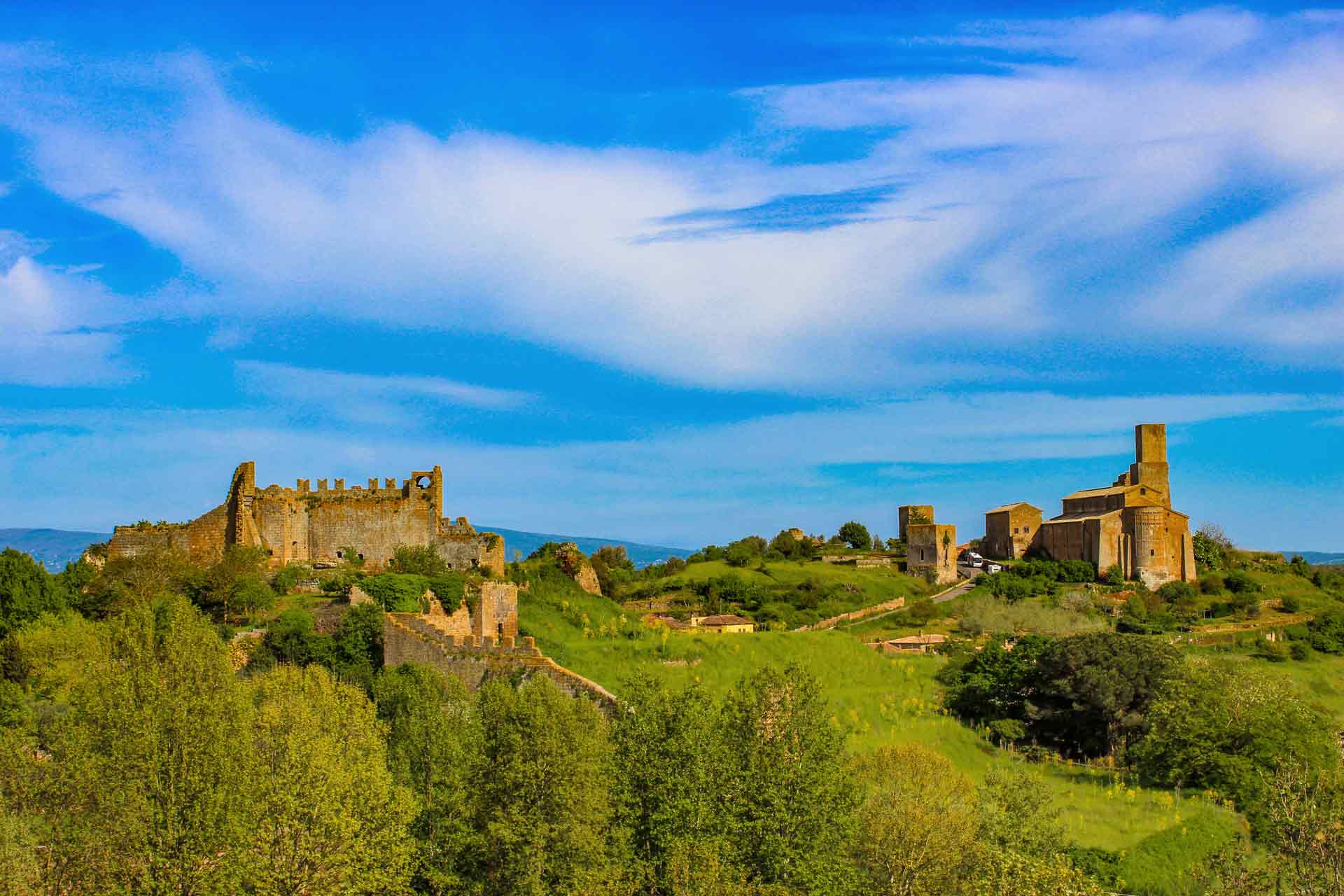
Tuscania
It was the Etruscans who brought Tuscania to its maximum power, due to its strategic position at the centre of a network of roads, connecting the coastal towns with the hinterland.
Thanks to the Romans, the town continues to expand, and residences, aqueducts and thermal baths are built.
Later, Tuscania will become one of the first centres of Christianity and, in the twelfth century, the construction of an imposing wall will be carried out, to protect the town from external attacks.
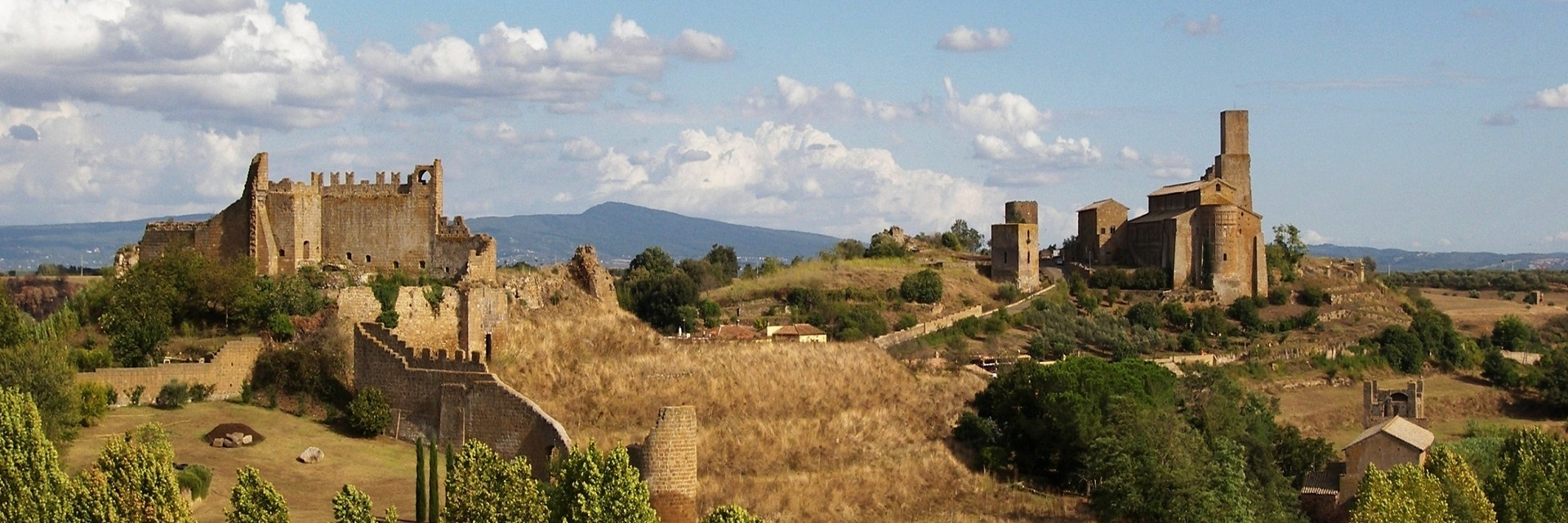
Tuscania
The glorious Etruscan past of Tuscania is witnessed by the Etruscan and Roman Necropolises that surround the ancient town.
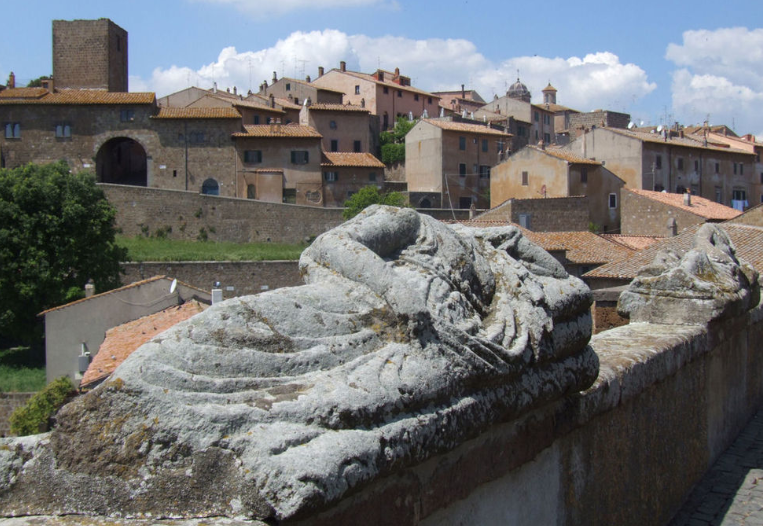
The Sarcophagi of Tuscania @Ph vivilamaremma.it
Other testimonies of the past are the many Etruscan terracotta or stone sarcophagi, preserved, not only in the National Archaeological Museum of Tuscania, but also almost everywhere as urban furniture, in Piazza Basile, in the Town Hall and even inside a few churches and historic buildings. For this reason, Tuscania has been nicknamed “the town of Sarcophagi”.
Do not miss a visit to the two early Christian Basilicas of San Pietro and Santa Maria Maggiore.
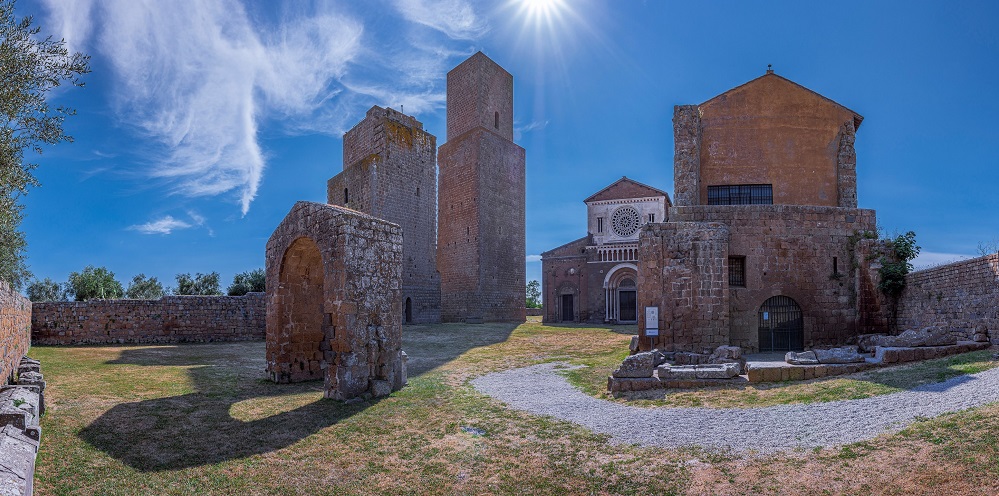
Church of San Pietro
From the facade to the internal details, the Church of San Pietro is one of the most beautiful attractions in Tuscania. The Cosmatesque floor, the Etruscan sarcophagi along the left nave, the frescoes and the crypt are just pieces of a puzzle of unique and inestimable value.
The Church of Santa Maria Maggiore will also fascinate you with its great beauty. You will admire the stone façade, enriched by a superb rose window, and, inside, the thirteenth century baptismal font and the fresco of the Last Judgment from the fourteenth century.
At the beginning of July, the Lavender Festival takes place, and all the fields turns purple, a breathtaking view.
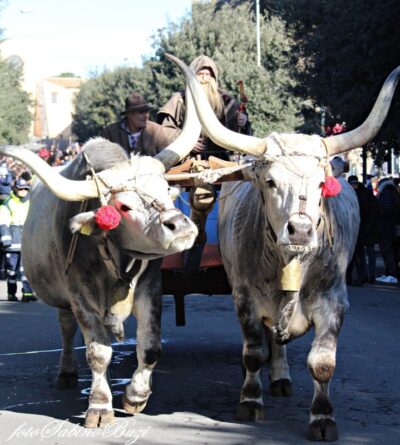
Feast of Sant’Antonio Abate
Among the countless anniversaries celebrated throughout the year, noteworthy is the January Feast of Sant’Antonio Abate, protector of animals, during which you can taste delicious cauliflower fritters.
Tuscania is an Orange Flag village, a prestigious recognition awarded by the Italian Touring Club for the quality of tourism-environmental development.
